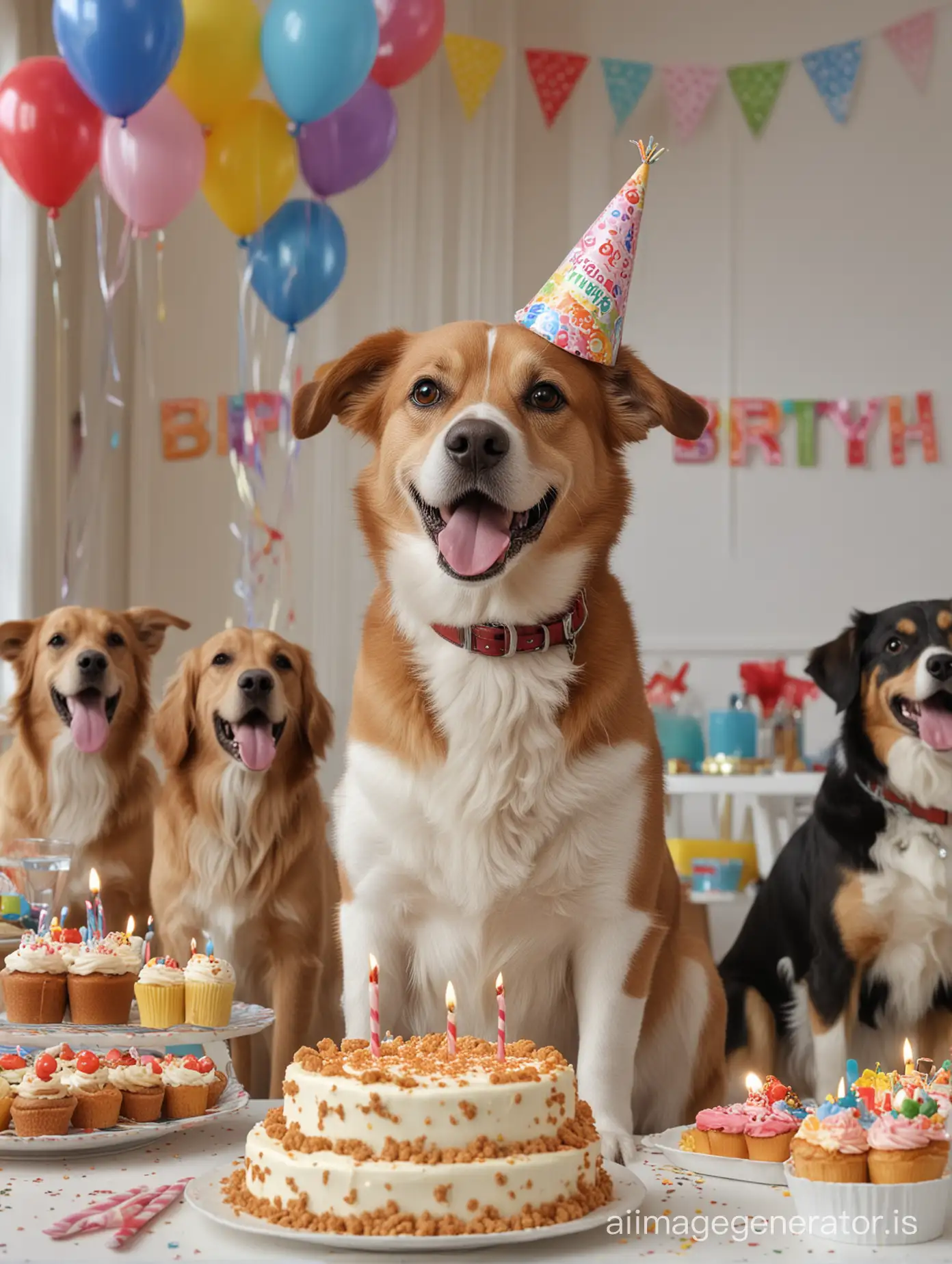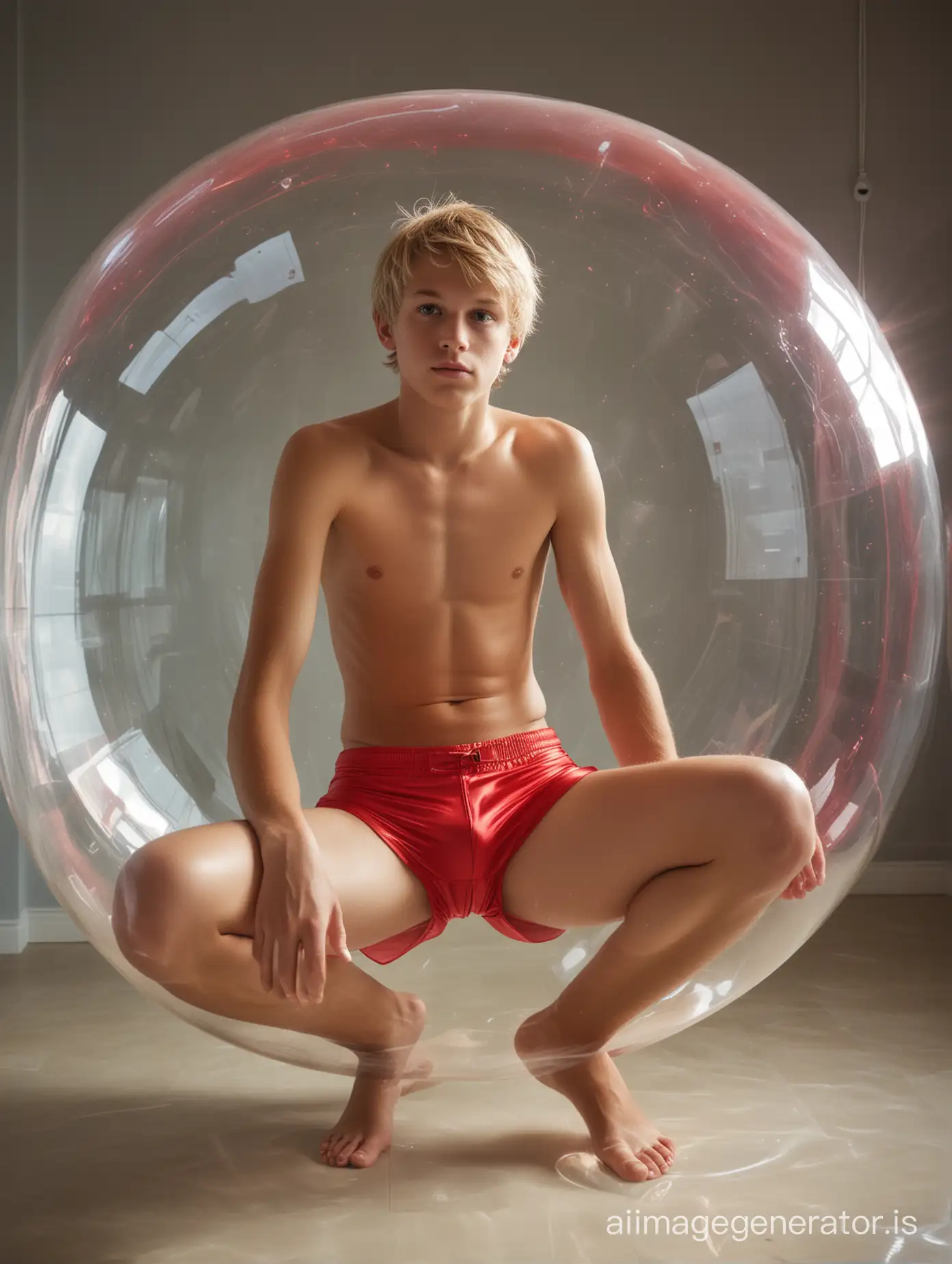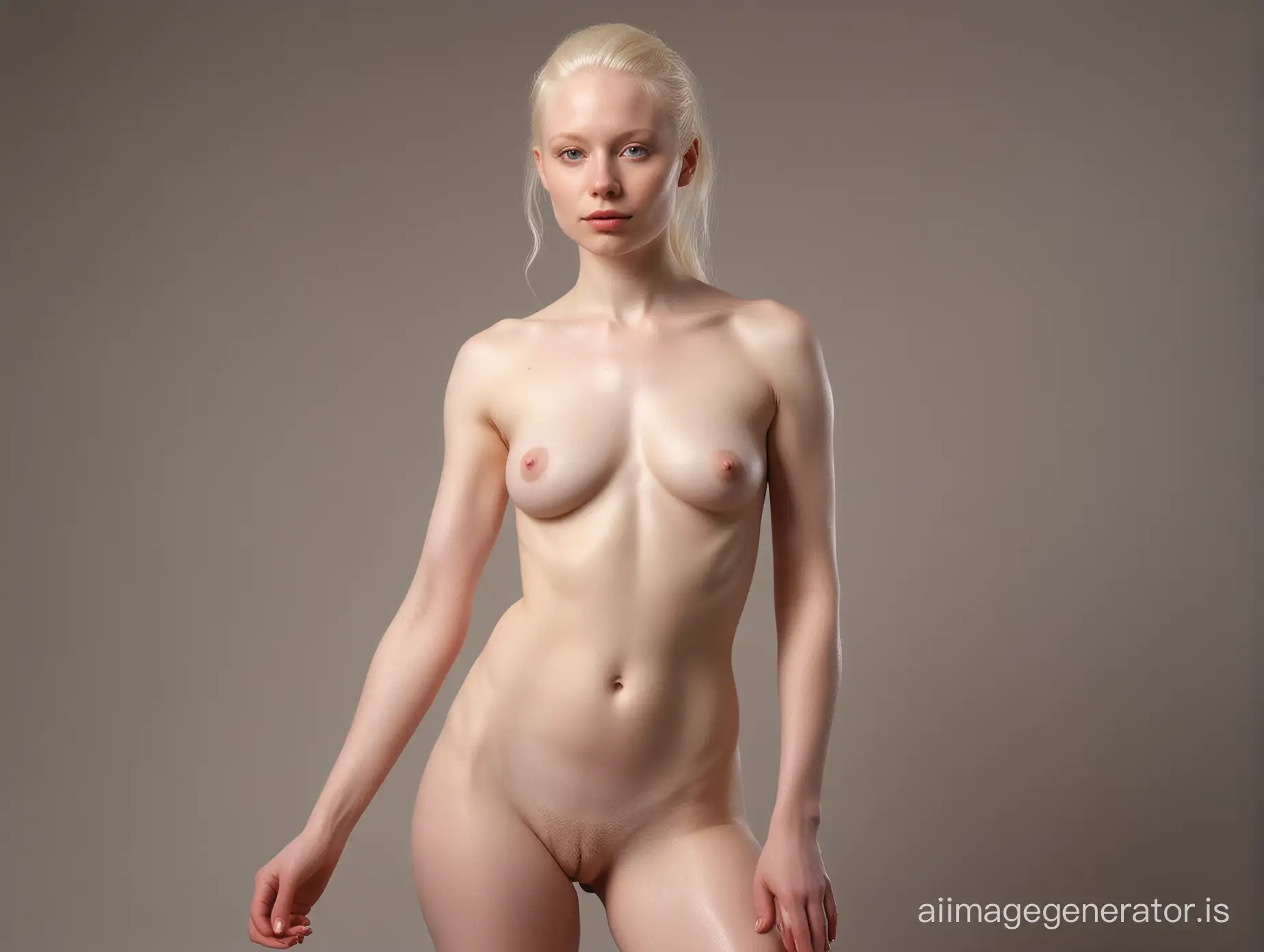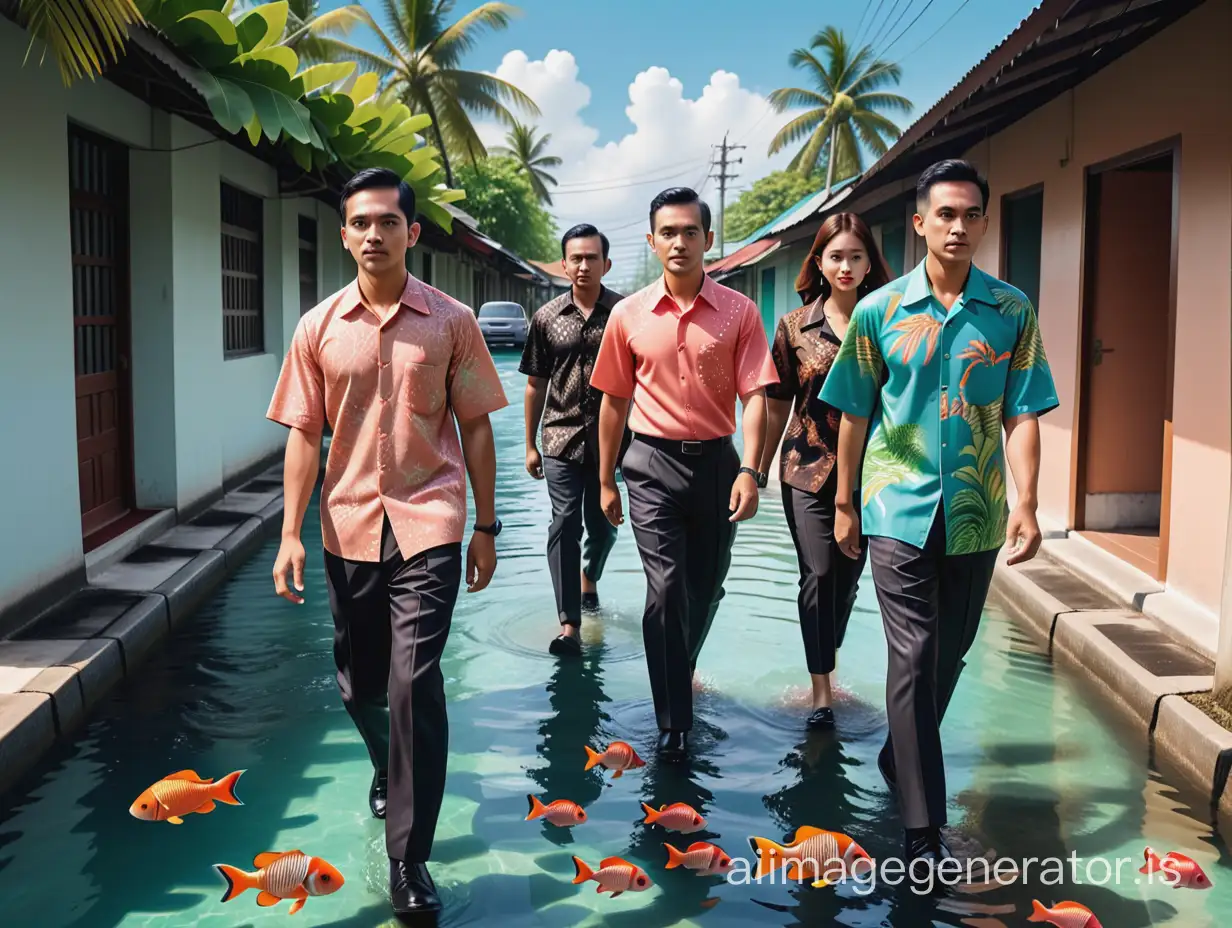Free Photorealistic Art Photos Image Generator
Just imagine, and we'll instantly return a variety of personalized Photorealistic Art Photos images—designed to bring your creativity to life!
- 4:3
- 3:4
- 1:1

image.state.default




Related Tags
Photorealistic art, as the name suggests, involves creating images that are incredibly realistic and resemble high-resolution photographs. This art form emerged in the late 1960s and early 1970s as a counter-movement to abstract and minimalist art. Artists aimed to create works that were indistinguishable from photographs, often using techniques like airbrushing and high-precision painting. Today, with advancements in AI technology, photorealistic art has evolved to include digitally generated images that maintain the same level of realism and detail.
Understanding Photorealistic Art: Definition and Background
Photorealistic art is characterized by its meticulous attention to detail, high level of precision, and a focus on replicating the textures, lighting, and nuances of real-life scenes. Applications of this art form are vast, ranging from commercial advertising and product visualization to video game design and virtual reality environments. In the world of AI-generated art, photorealistic images are used for creating realistic models, architectural visualizations, and even in the entertainment industry for visual effects and animation.
Characteristics and Applications of Photorealistic Art
Several artists have made significant contributions to the photorealistic art movement. Chuck Close is renowned for his large-scale, incredibly detailed portraits that replicate photographic precision. Richard Estes is another key figure, known for his urban landscapes that capture the reflective surfaces and intricate details of city life. In the realm of AI-generated art, notable works are often collaborative efforts involving skilled AI researchers and digital artists, pushing the boundaries of what's possible with photorealistic imagery.
Notable Artists in the Field of Photorealistic Art
The future of photorealistic art is poised to be shaped by further advancements in AI and machine learning. These technologies will enable even more sophisticated and detailed image generation, allowing for real-time rendering of photorealistic environments in virtual and augmented reality. Additionally, AI will facilitate new creative tools for artists, making the process of creating photorealistic art more accessible and efficient. As technology continues to evolve, we can expect photorealistic art to become increasingly immersive and integrated into various aspects of digital media and design.
Future Development Trends in Photorealistic Art